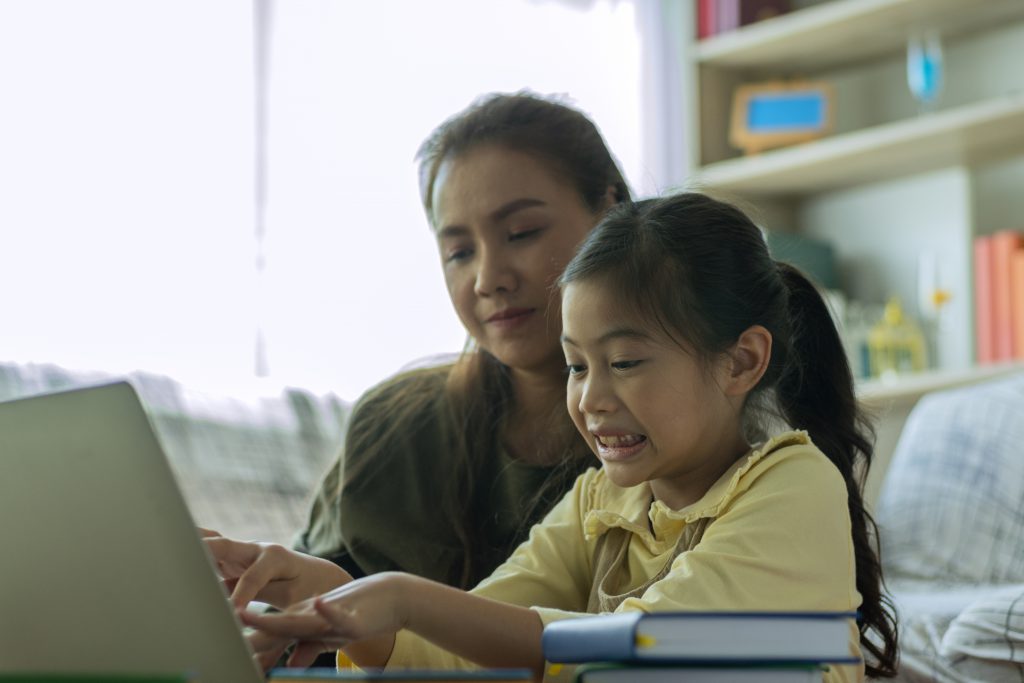
According to Psychology Today, “Introverts do not fear or dislike others, and they are neither shy nor plagued by loneliness. Simply, they derive more pleasure from, and are more energized by, their own inner life than by social events.” This definition shows that there are many misconceptions about introverts. The more you know about introverts, the better prepared you are to offer varying ways to build relationships in your equitable classroom. Introverts will thrive, and be energized by, working in an individual format. Still, they may miss out on building relationships, so it is crucial to also assign time for students to work together, whether in pairs or groups, on a project or reflect through a discussion. Breakout rooms provide teachers and students the opportunity to work collaboratively in a shared digital space.
Psychology Today says: “People who identify as extroverts tend to search for novel experiences and social connections that allow them to interact with other individuals as much as possible. Someone who is highly extroverted will likely feel bored, or even anxious, when they’re made to spend too much time alone.” When the shift to remote learning first happened in March 2020, how many of you saw students who once thrived in the classroom setting stop turning in assignments and not attend live meetings? Based on personality type alone, those may have been some of your extroverts. They were forced to be physically isolated from you and their peers, where they were most energized. Opportunities to connect with others is essential for these students in any setting.
It is not only important that students recognize how they like to interact with others, whether one-on-one or in a group setting, but also that you, as the teacher, identify their preference. Information about your students’ home life, community experiences, and more can inform you on the type of energy your students seek.
A classroom culture cannot exist without the multitude of individuals who comprise its space. When thinking about culture, ethnicity, and background, it is essential to acknowledge individuals’ nuances and not relegate anyone to a particular stereotype. Instead, consider the many aspects that make them the unique individuals with diverse needs and experiences who make up your classroom culture. In our remote or hybrid classrooms, we have to be even more intentional about this. Classrooms thrive when the attributes, values, and diversity of lived and shared experiences are embraced and nurtured.
